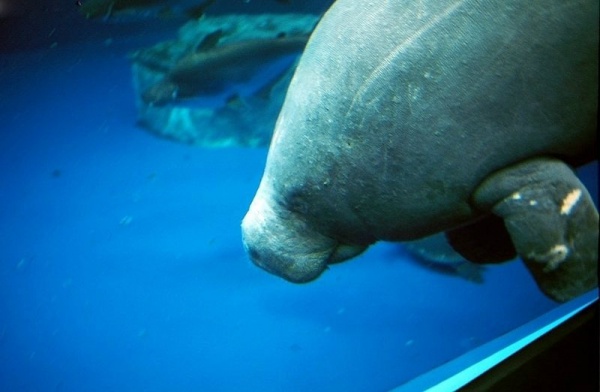Facts About African manatee
The African manatee, also known as the West African manatee, is a gentle, herbivorous mammal inhabiting the waters of western Africa, from Senegal to Angola. While it bears similarities to the West Indian manatee, much remains unknown about this fascinating creature. Officially named Trichechus senegalensis in 1795, the African manatee is part of the Trichechus genus, which also includes the Amazonian and West Indian manatees. These manatees thrive in diverse environments, including oceans, rivers, lakes, and coastal estuaries, preferring water temperatures above 18°C (64°F).
Their diet primarily consists of vegetation, but they also consume clams, mollusks, and fish, particularly those living near the coast with access to more varied food sources. African manatees are gray with small hairs covering their bodies. They can grow up to 4.5 meters (15 feet) in length and weigh around 360 kilograms (800 pounds). These slow-moving creatures use their flippers to paddle through the water while grazing. They are nocturnal and social animals, often living in groups and forming strong bonds, especially between mothers and their calves.
Regarding reproduction, African manatees are not monogamous. Females give birth to a single calf every 3-5 years. Unfortunately, these gentle giants face several threats, including poaching for their meat, oil, and skin, habitat destruction due to urban and agricultural development, river damming, and entanglement in fishing gear.
To help protect them, initiatives like the West African Manatee Conservation Project are in place. This project focuses on research, education, and legislation to safeguard the species. The African manatee is listed as endangered under the Convention on International Trade in Endangered Species (CITES), underscoring the need for careful monitoring and protection to prevent further population decline.

 Mauritania
Mauritania